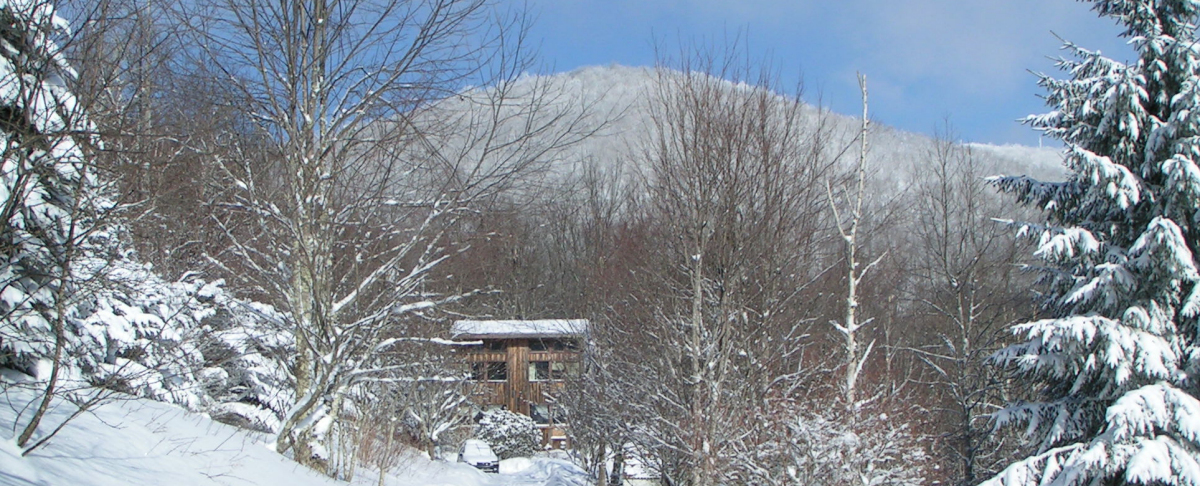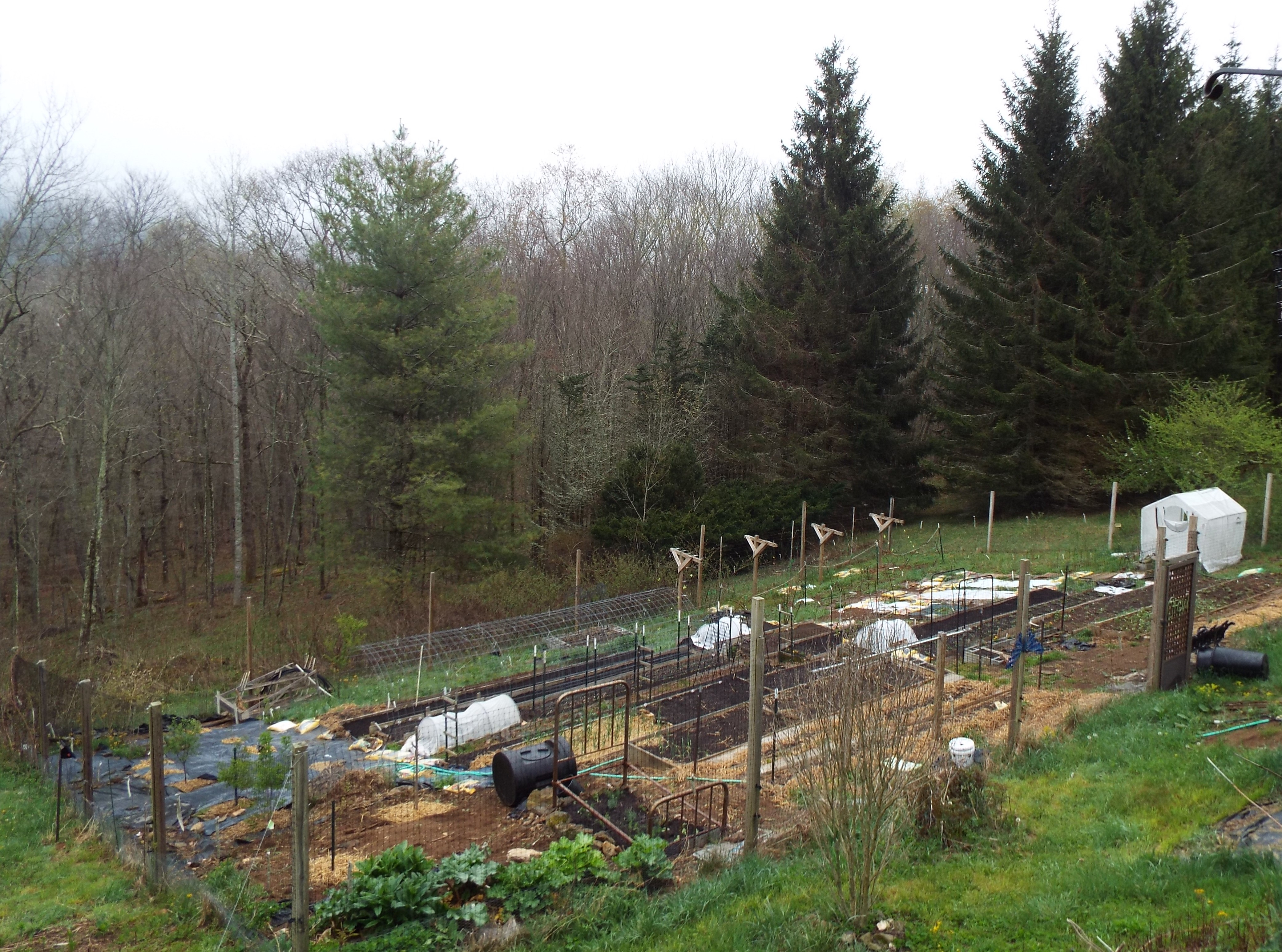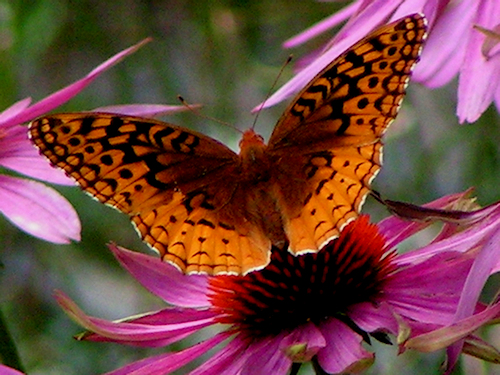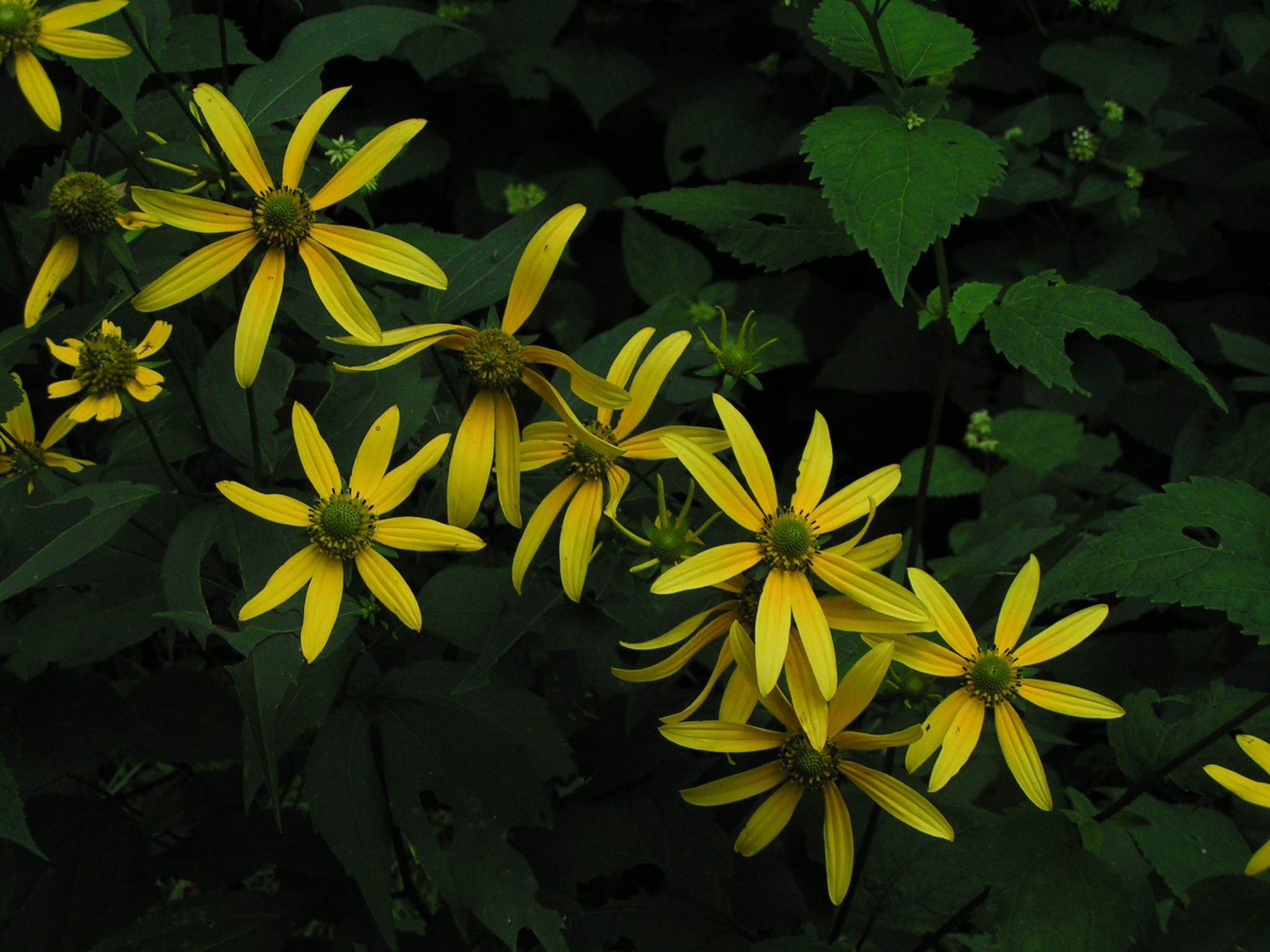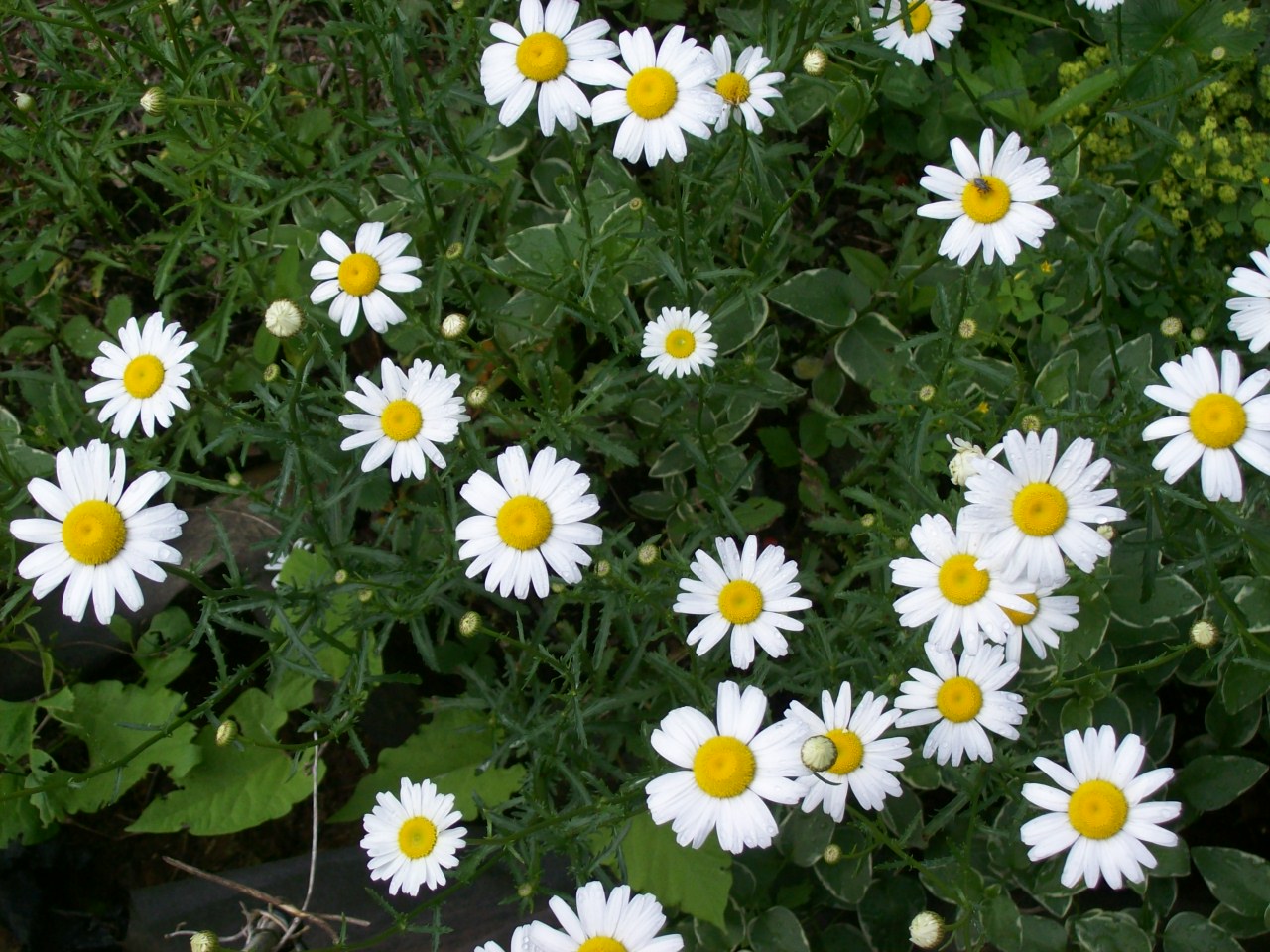This post is the second in a series of seven. To read from the beginning click here.
* * * * * * *
In my previous post I wrote mostly about my work history during the past fifty years. In the early part of that time I made a major change to what I had seen as my career path. Well into the process of securing my educational credentials in the field of religious education, I withdrew from seminary, ended my involvement with all religious institutions, and set off on a path of my own. This post provides some details regarding how that change came about and the path I have followed since then. Like the work history, it may not be what those who knew me all those years ago expected.
For the greater part of my life, I have been a very private person, not prone to readily express my opinions and beliefs, especially when I knew doing so would likely result in conflict. I held back from sharing many of my developing ideas because I knew they did not fit with the attitudes and beliefs of many of my friends, acquaintances, and family members. So, some people who are very important to me don’t really know me. That doesn’t feel right. One of my main reasons for writing blog posts is that I want others know who I am, the things which matter to me, and what I believe. I simply want to share these parts of myself, not attempt to persuade anyone to adopt my beliefs for themselves.
As I’ve said before, the world of ideas has always fascinated me. When I was young, Mother would drop me at the public library while she went shopping. I could happily comb the shelves for hours, finding books on every topic imaginable, paging through one which then led me to another and another. History, literature, art, religion—anything and everything was interesting to me. At home I browsed through our old set of encyclopedias, picking a random volume and flipping through until some subject caught my eye, following references to other volumes with even more information.
History, social studies, and English classes in school and Sunday evening Training Union classes at church provided more material for study and discussion and thought. I learned about cultures and religions of other times and places, but I wanted to know much more. I wanted to understand those other ideas and beliefs, compare them to my own, and use them to enable me to better understand the world and find meaning for myself within it. Universities, with the courses and libraries they offered, appeared the key to finding what I wanted. As soon as I could leave high school, I headed off to college, not to train for a job or career, but to prepare myself for the person I wanted to be.
During my years in college and later in seminary I encountered many other people, both students and professors, who were searching for answers and for meaningfulness in their lives. Religion and philosophy classes opened up a new universe of ideas for me. I came to understand that the Bible was not just a book to be read and taken at face value, but was a product of particular people at a given time and place in history and was a reflection of their culture, their world, and their understanding of it. In addition the Bible had been shaped and changed and translated by many other people over the centuries and influenced by their knowledge, beliefs, and understanding. The challenge was to interpret and understand those ideas from centuries ago and to determine how they fit within the framework of contemporary knowledge and culture. When seen in that light, new meanings and new interpretations became available if one was willing to see them.
The seminary offered even more knowledge to help understand the religious texts at the heart of Christianity. It also provided much more information about religion in general, the history of religions of the world, and historical information about the church’s development and the history and culture of the Baptist church in particular. Many leaders, scholars, and members of the wider Christian community, especially the more progressive parts of it, had long ago adopted a broader understanding of the religion they professed.
Many of my fellow students were unwilling to accept new ideas and insights. When confronted by new possibilities, they preferred to continue to espouse the same teachings that had been taught to them and generations before them. I remember one student at seminary saying something along the lines of, “It’s well and good for us to have this information and know these ideas, but I sure can’t preach this to my church at home. I’d be looking for a new job.” He would rather keep his job than attempt to help his congregation grow in their understanding. It wasn’t that the teachers in college and the seminary sought to dissuade me from sticking with the religious teachings I had grown up with. Instead they exposed me to new and different information and ideas that allowed me to examine my understanding and decide for myself what made sense for me.
In the process of my explorations I came to see that I did not agree with or accept as valid many of the teachings and practices of the religious institutions of the day and particularly those of the denomination and most of the churches I was familiar with. As that realization became ever clearer to me, I decided I was not interested in continuing my involvement with those institutions or the belief system they were promoting. That’s when I withdrew as a student at the seminary. If I was to continue in a church or some other religious institution, it would have to be much more compatible with my own ideas and spiritual interests as they had been developing. Among other characteristics it would have to be much more liberal and progressive in its teachings, more open to accepting individuals with widely differing beliefs or non-beliefs, more encouraging of searching for meaning in one’s own way, and more active in seeking greater social justice for all people.
Some options I found around me at the time showed initial promise, but they were all still part of institutional, organized religion. When I investigated the possibility of pursuing my career interests within those communities, I found they had their own institutional strictures and requirements that would make it difficult or impossible for me to pursue the religious and spiritual goals I envisioned for myself. I decided I would have to follow my own path and forget about the career possibilities I had anticipated. Fortunately Carole and I have developed and grown together along similar lines over the years, so the departure from our ‘raising’ was comfortable for both of us. We were off on our own. We left the church, left organized religion, and have never returned.
I don’t intend to deny the important influence churches have had in my life and in my spiritual development. I’m forever grateful for my experiences in various churches and for the many wonderful people with whom I shared my time in them. It was in the church that I first learned many of the values that I continue to hold dear. And the sense of community and the feeling of support I found there were significant, as I’m sure they are for many others. Even after involvement in churches ceased being a regular part of life for Carole and me, there was one period about fourteen years after coming to Boone when we participated in the services and activities of the Unitarian Universalist Fellowship. I even presented ten or so programs there, some which I will reference in my blog posts. I’m not opposed to churches. They just no longer are a significant part of our lives.
Did I totally abandon all my religious beliefs when I rejected the religious structure and teachings of my first twenty three years? I know some people who knew me thought that was the case. In reality, for years I had been moving away from the teachings and beliefs of my youth which most people assumed I shared with them. I didn’t abandon my religious beliefs; they simply changed and grew and matured as I did. If someone thought they knew what I believed because they thought it would, of course, be the same as what they believed, they might very well have been completely wrong.
If my experience in recent years is an accurate indicator, many people tend to think everyone around them thinks and believes exactly the same things they do. This seems especially true in churches and other groups which appear on the surface to be homogeneous and which expect all members to share an institutional doctrine. Many church members think they believe whatever their church is supposed to believe, but may not even know exactly what that is. Individuals within the group or community may think they all believe the same things, but, if those beliefs were ever openly discussed, they might learn there was no real agreement at all. And anyone not in agreement with the group might certainly feel pressure to conform.
Perhaps some people don’t even consider the possibility of developing their own belief system. They may not be interested in thinking about their own personal philosophy or religion and coming to decisions for themselves about their own truths. They may believe it is their spiritual duty to rely on the recognized experts, the chosen leaders, the institutions, or the sacred texts to tell them what they should believe. I always thought my relationship to the world and my understanding of it through philosophy, science, religion, and ultimately my personal experience was much too important for me to leave it to others to define Truth for me.
Although I rejected organized, institutional religion and churches as a means for finding the understanding I sought, I have never doubted the importance of seeking a more meaningful connection with all aspects of life. I was always very interested in the religious and spiritual aspects of my life and was always desirous of finding deeper meaning within all of reality. I have explored ideas and thoughts from an eclectic mix of individuals from throughout the world, but not in any organized fashion. Just as I said I loved browsing through encyclopedias, I browse through life, discovering a thought here, an image there, an astonishing revelation somewhere else, frequently when those insights are least expected. I find inspiration in the words and lives of religious and secular thinkers, philosophers, poets, mystics, monks, hermits, songwriters, and many others who share their observations regarding our world. I never thought ‘Truth’ was to be found only within the teachings officially considered ‘sacred’ or in the pronouncements of recognized authorities. Indeed I have felt that truth for me had to be discovered by me, either in the world around me or in the world within me. Ultimately I think it has to be that way for everyone.
I don’t question the beliefs of others which may be different from my own or declare that they are wrong. Everyone’s personal beliefs are their own. I do often wonder whether the beliefs of another are based on accurate information, knowledge, or facts. I choose not to accept beliefs which do not fit my experience and understanding of reality. My beliefs are right for me and I hope the beliefs of others are right for them. Problems arise when people disagree over whose beliefs are “correct.” The ideas I express are mine. I’m not trying to convert anyone to my way of thinking or convince anyone that I am right and they are not. I don’t write to start a debate or disagreement. I’m simply sharing my thoughts about my life to this point in time in case they might be meaningful to someone else who reads them.
These words do not really capture the essence of the matter for me. The greatest part of my spiritual life is experiential, bound closely to the events and experiences of my daily life. Over twenty six years ago I wrote the following words as part of a message I was delivering to the Unitarian Universalist Fellowship in Boone:
“There are moments of intensity in life which focus one’s attention fully on the present—birth, love, danger, and death to name a few. Perhaps you have had the experience of:
“Walking through the meadow in the fog as I did yesterday, with no sound around you except your own steps in the wet grass, with all the world sealed off by the fog so that you walked in a tiny, timeless world of your own;
“Touching the one you love tenderly for the first time, feeling the joyous excitement of the love you share, talking quietly together in a world for just the two of you;
“Holding your new-born child for the first time, feeling that fragile life entrusted to you, looking deeply into those trusting dark eyes and sensing the union of your lives;
“Holding in your arms one who is dying, seeing in those anxious eyes the love which cannot be spoken, feeling in the quivering flesh the pain that you both know too well, and rejoicing in the final breath with its peaceful release.
“If you’ve been there, you know that these are moments in life which last forever, both in the sense that the passage of time seems suspended and in the sense that the impact of that moment endures throughout life.
“These are moments of meaning. These are moments of meeting which call out to us with the message, ‘This is something that matters. Pay attention—Now!’”
Potential moments of meaning and meeting happen frequently if we are aware of them. Some, such as those mentioned above are obviously profound; others might be such everyday occurrences that they could easily be overlooked. As I was writing this post, a deer came into my sight in front of our house and walked around to several spots where I had spread some corn several days ago. Then it came closer, about ten feet outside the window, maybe fifteen feet away from me. For the next several minutes my attention was riveted on that beautiful creature, one of the many which share our homeplace.
My spiritual life for many years now has consisted of moment after moment of connections like this. Our homeplace here on the mountain has become a sacred place for us. I have experienced more profound spiritual moments and a greater sense of the meaningfulness of life here than I ever have in a church. I am seeking to be more fully present in the here and now, aware of all the world of which I am a part, involved in a deeper two-way communion with this world and all that is within it. I have a quote on my wall upstairs that reads, “Give me a woods to walk in and I will give to the world a person at peace with God and man.” I have the woods and I do walk there.
